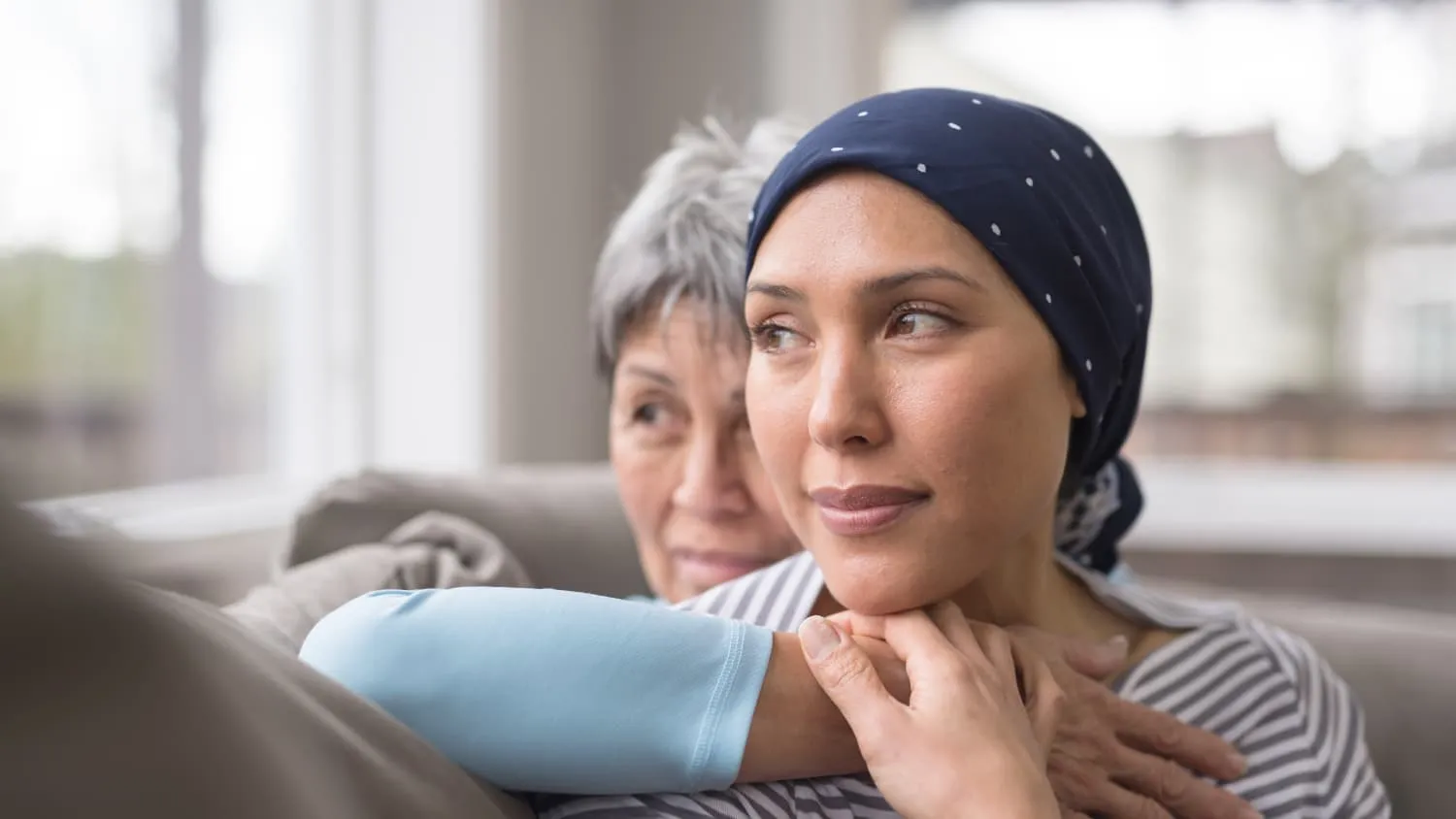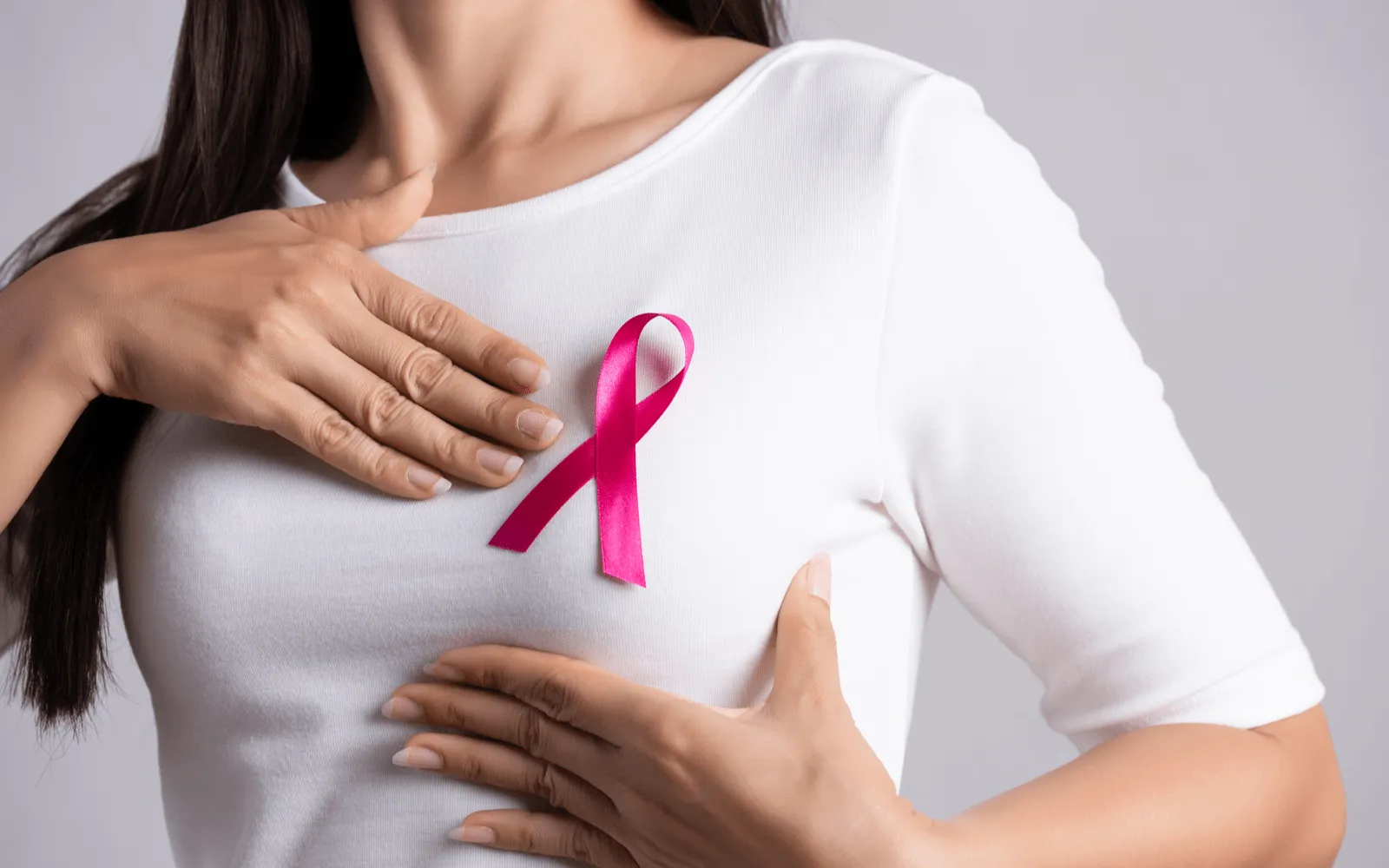
Breast cancer has long been a critical health issue for women worldwide, but new data reveals a worrying trend—increasing rates among those under 50. This significant shift, primarily driven by estrogen-receptor positive tumors, calls for an urgent reevaluation of our approach to breast cancer awareness and prevention.

A Surge in Younger Cases: Unpacking the Numbers
Recent research from Washington University School of Medicine highlights a steady climb in breast cancer cases among women aged 20 to 49. Starting from approximately 64 cases per 100,000 women in 2000, there was a gradual increase over the years, culminating in a stark rise to 74 cases per 100,000 by 2019. This sudden increase, averaging an annual spike of 3.76% after 2016, signals a new, urgent reality in breast cancer dynamics.
The Predominant Role of Estrogen-Receptor Positive Tumors
The increase in breast cancer incidence is largely attributed to the rise of estrogen-receptor positive tumors. These tumors thrive on estrogen, binding to receptors that fuel their growth. Interestingly, while these cases rise, estrogen-receptor negative tumors—those not dependent on estrogen—are on the decline. Dr. Adetunji T. Toriola, a leading researcher in the study, notes, “We need to understand what is driving the specific increase in estrogen-receptor positive tumors. If we can understand what is driving that rate down, perhaps we can apply it in efforts to reduce or prevent other breast tumor types.”

Racial Disparities in Breast Cancer Incidence
The study also sheds light on significant racial disparities. Black women, especially in the age group of 20 to 29, are shown to have a 53% higher risk of developing breast cancer than their white counterparts. While the disparity lessens slightly in older age groups, it remains a significant concern. This has propelled further research into potential genetic and molecular differences that might explain why young Black women are more susceptible to this disease.
Hispanic women, contrastingly, exhibit the lowest incidence rates among the groups studied, presenting an intriguing area for further investigation.
Early Detection: A Double-Edged Sword
One positive outcome noted in the study is the increase in early-stage diagnoses, likely due to improved screening techniques and heightened awareness of breast cancer risks. More tumors are being caught at stage 1, which are typically more manageable and have better outcomes. However, there remains a concerning trend of missed early tumors that later advance to stage 4, underscoring the need for enhanced screening protocols, particularly for younger women.

Towards Effective Prevention
The findings from this study emphasize the need for a robust focus on prevention, especially for those at a higher risk of early-onset breast cancer. With a noted 20% increase in breast cancer risk for women born in 1990 compared to those born in 1955, exploring environmental, lifestyle, and genetic factors becomes crucial. Dr. Toriola and his team are dedicated to identifying these drivers, aiming to equip healthcare providers with the knowledge to implement targeted interventions and possibly prevent this trend from worsening.
